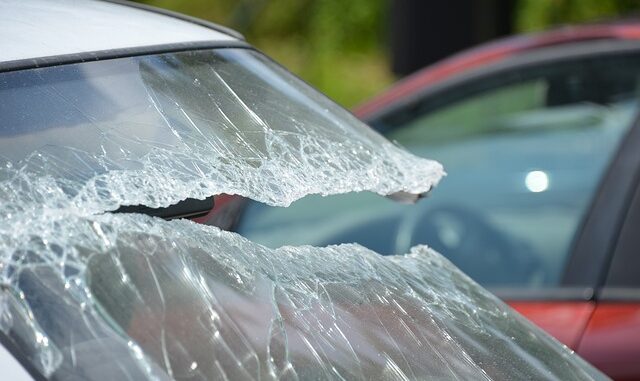
In the high-tech world of 2023, dashcams and other video recording devices have become powerful tools in the aftermath of Ontario car accidents. This type of evidence can significantly influence fault determination and the outcome of insurance claims or legal proceedings.
Why Video Evidence Matters in Ontario
Ontario’s fault determination system relies heavily on evidence to establish who is responsible for an accident. Video footage offers an objective, real-time record of the events leading up to and during a collision. This can be invaluable in:
- Establishing the Sequence of Events: Video can clearly show who ran a red light, changed lanes improperly, or engaged in other risky behaviors that caused the accident.
- Refuting False Claims: If the other driver makes inaccurate statements about the incident, video evidence can quickly discredit their version of events.
- Protecting Your Rights: If you’re not at fault, video footage can protect you from being unfairly blamed or held liable for damages.
Types of Video Evidence Used in Ontario Car Accident Cases
- Dashcams: These small cameras mounted on the dashboard or windshield provide a driver’s perspective view of the road.
- Traffic Cameras: Many intersections in Ontario are equipped with traffic cameras that can capture footage of accidents.
- Security Cameras: Businesses or residences near the accident scene may have security cameras that recorded the incident.
- Smartphone Videos: Bystanders sometimes record accidents on their smartphones, and this footage can be used as evidence.
How to Obtain and Preserve Video Evidence
- Your Own Dashcam: If you have a dashcam, save the footage immediately after an accident and make backup copies.
- Traffic Cameras: Contact the local municipality or police to inquire about obtaining footage from traffic cameras. There may be a fee and a time limit for requests.
- Security Cameras: Ask nearby businesses or homeowners if they have security footage and request a copy. Act quickly, as some systems automatically overwrite old footage.
- Social Media & Online Platforms: Search for witnesses who may have posted videos of the accident online.
Legal Considerations for Video Evidence in Ontario
- Admissibility: Not all video footage is admissible in court. It must be relevant, authentic, and not violate any privacy laws.
- Chain of Custody: To maintain the integrity of video evidence, it’s important to document who had possession of it and when. This helps ensure it hasn’t been tampered with.
- Expert Analysis: In some cases, it may be necessary to hire an expert to analyze video footage to extract specific details or clarify unclear aspects.
The Role of Lawyers in Using Video Evidence
An experienced personal injury lawyer in Ontario can be invaluable in:
- Obtaining Video Evidence: Lawyers have the resources and knowledge to track down and secure relevant video footage.
- Presenting Evidence Effectively: They understand the legal requirements for admissibility and can present video evidence in a compelling way to support your case.
- Negotiating with Insurance Companies: Video evidence can strengthen your negotiating position with insurance adjusters, potentially leading to a more favorable settlement.
Key Takeaway
Video evidence, especially from dashcams, is becoming increasingly important in Ontario car accident cases. If you’re involved in a collision, securing and preserving video footage can be a game-changer in proving fault and protecting your rights.
